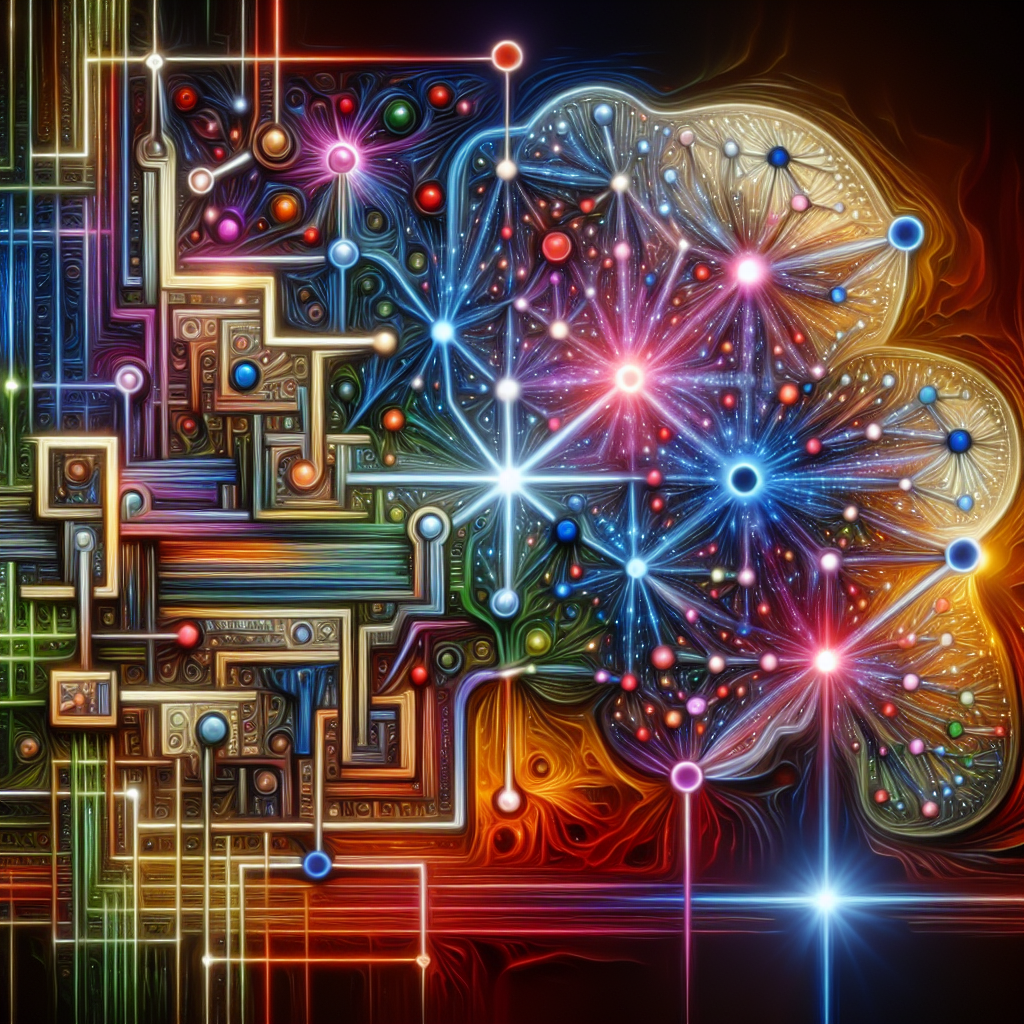Your cart is currently empty!
Harnessing the Power of Recurrent Neural Networks: A Guide to Gated Architectures.

Harnessing the Power of Recurrent Neural Networks: A Guide to Gated Architectures
Recurrent Neural Networks (RNNs) are a powerful class of artificial neural networks that are designed to handle sequential data. They have been widely used in various applications such as natural language processing, speech recognition, and time series analysis. However, traditional RNNs have limitations in capturing long-range dependencies in sequences, which can lead to performance degradation in certain tasks.
To address this issue, researchers have introduced a new class of RNN architectures known as gated architectures. These architectures incorporate gating mechanisms that allow the network to selectively update and forget information at each time step, enabling them to better capture long-term dependencies in sequences.
One of the most popular gated architectures is the Long Short-Term Memory (LSTM) network. LSTM networks have been shown to outperform traditional RNNs in tasks that require modeling long-range dependencies, such as machine translation and speech recognition. The key to the success of LSTM networks lies in their ability to maintain a memory cell that can store information over long periods of time, allowing them to effectively capture temporal dependencies in sequences.
Another popular gated architecture is the Gated Recurrent Unit (GRU) network, which simplifies the architecture of LSTM networks while achieving comparable performance. GRU networks have been shown to be more computationally efficient than LSTM networks, making them a popular choice for applications where efficiency is a concern.
In addition to LSTM and GRU networks, there are several other gated architectures that have been proposed in recent years, each with its own strengths and weaknesses. Some examples include the Clockwork RNN, the Neural Turing Machine, and the Differentiable Neural Computer.
In conclusion, gated architectures have revolutionized the field of recurrent neural networks by enabling them to effectively capture long-term dependencies in sequences. By harnessing the power of these architectures, researchers and practitioners can leverage the full potential of RNNs in a wide range of applications. Whether you are working on natural language processing, speech recognition, or time series analysis, incorporating gated architectures into your RNN models can help you achieve state-of-the-art performance and push the boundaries of what is possible with neural networks.
#Harnessing #Power #Recurrent #Neural #Networks #Guide #Gated #Architectures,recurrent neural networks: from simple to gated architectures

Leave a Reply